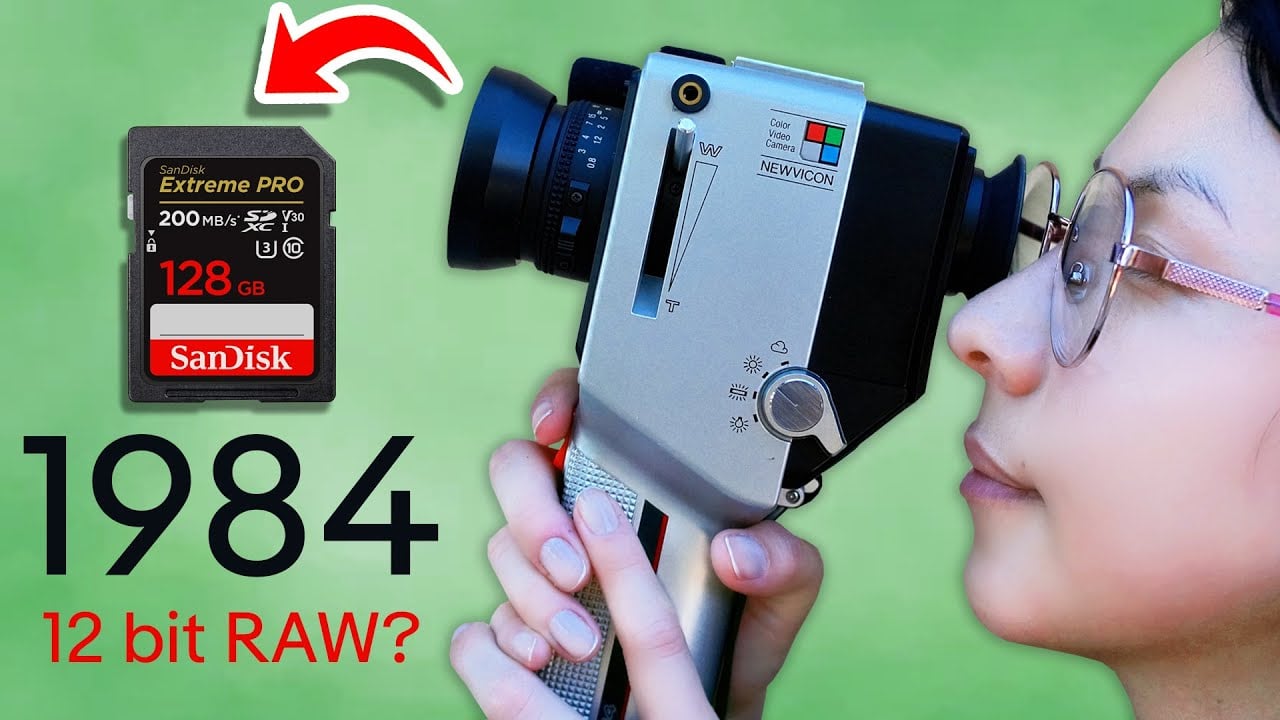

There are a lot of old great cameras out there, whether it be for photography or video. Many older photography cameras are still in use today. But a lot of older digital video cameras have been left to rot, potentially broken, never to be used again.
But a lot of old tech can be resurrected, as this video from Max Vega illustrates. He took a Sharp QC-54 video camera from 1984 and turned it into a modern solid-state camera for editing in today’s tapeless world. Of course, it’s still standard definition, but the results are very cool.
You have drones to thank for this one
One of the commonalities between most video cameras of the 1980s and 1990s is that they used tapes to store their footage. There were a handful that used CDs and other formats, but for the most part, it was some kind of tape.
Regardless of the actual recording medium, though, many cameras from that time simply just fail to record now. Even if the media was available, a lot of their record heads and such have corroded to the point they don’t work. Not all of them, though. Some still work very well!
So, how do you record footage when there’s no tape mechanism left? You use the AV outputs and record into a little digital recorder. In this case, it’s a recorder designed for drone FPV flights. It’s typically either plugged into the camera on the drone to record what it sees first person before it’s transmitted, or it’s connected to the FPV headset, recording all of the telemetry data, along with the video.
And that’s the trick here. Sort of. Max had to do some work to the camera before he could record footage from it using an FPV DVR (buy here).
Some modification required
The Sharp QC-54 originally connected to an external recorder. Something like one of these. But that wasn’t the way Max wanted to use his. So, he opened it up, cut out the socket to the proprietary cable, and soldered in a new four-pole socket.
This socket allows Max to send power into the camera to let it see and then send video and audio signals out from the camera. Typically, this is for playback on a CRT monitor or TV. But it’s just regular composite video, something FPV cameras make use of as standard.
The audio and video outputs from the camera are plugged into an FPV DVR. These typically just take audio and video inputs, record them to a microSD or SD card and then have a passthrough audio and video output for sending on to a display of some kind.
They’re very inexpensive and a great way to resurrect old video cameras. If you’ve wanted that old VHS-C aesthetic but didn’t want to spend a fortune buying tapes or cameras that can’t read and write them anymore, then here’s your solution!






